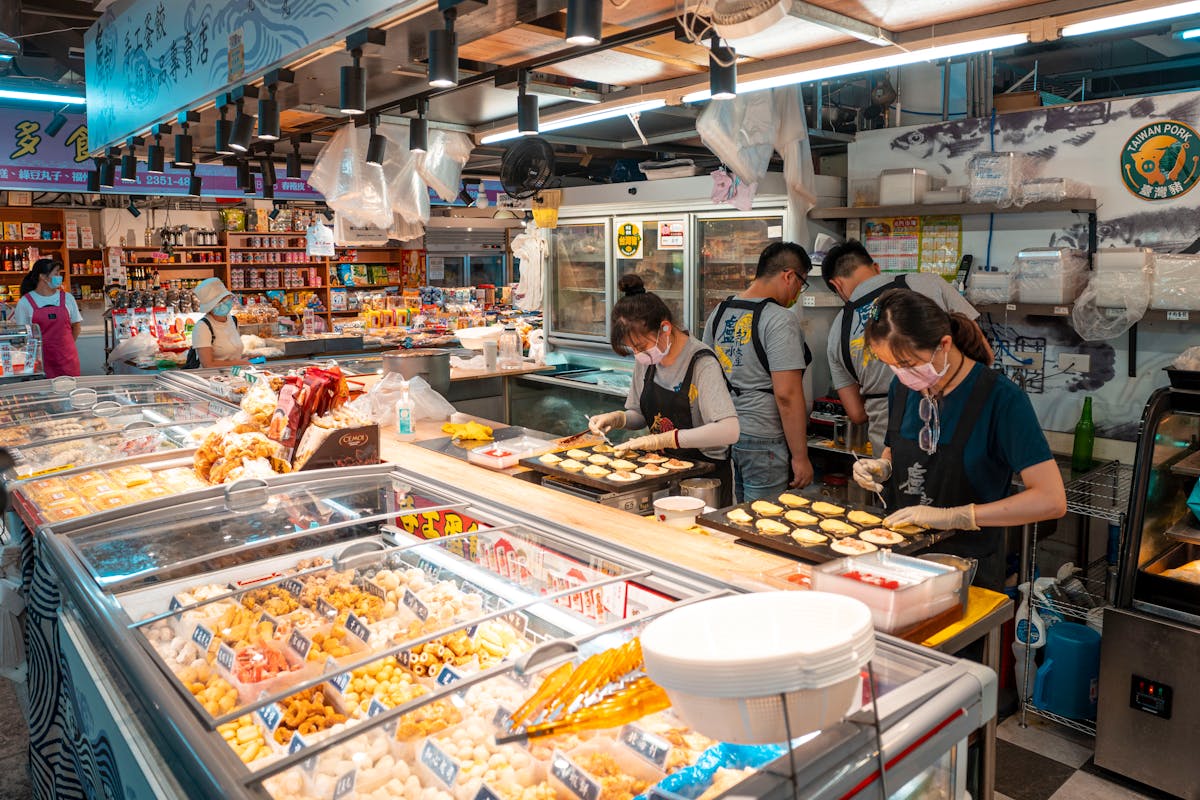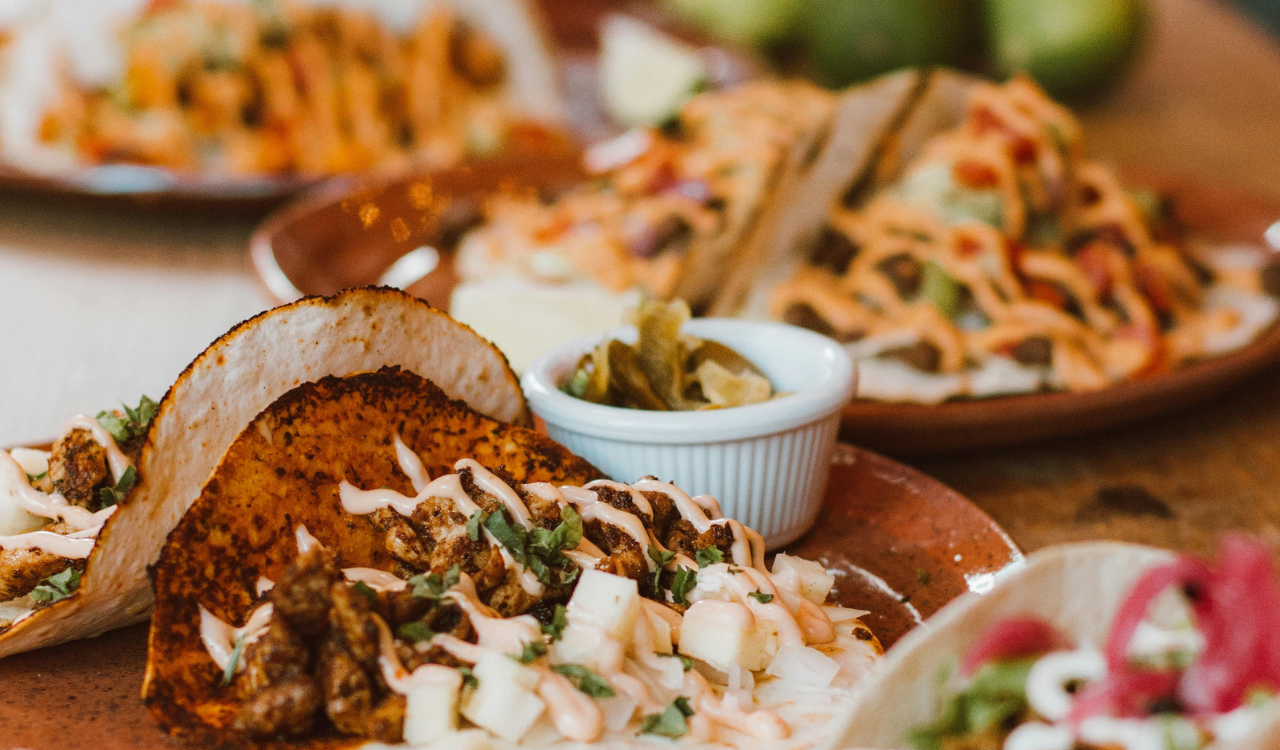10 Surprising Items That Last Longer Outside Your Pantry
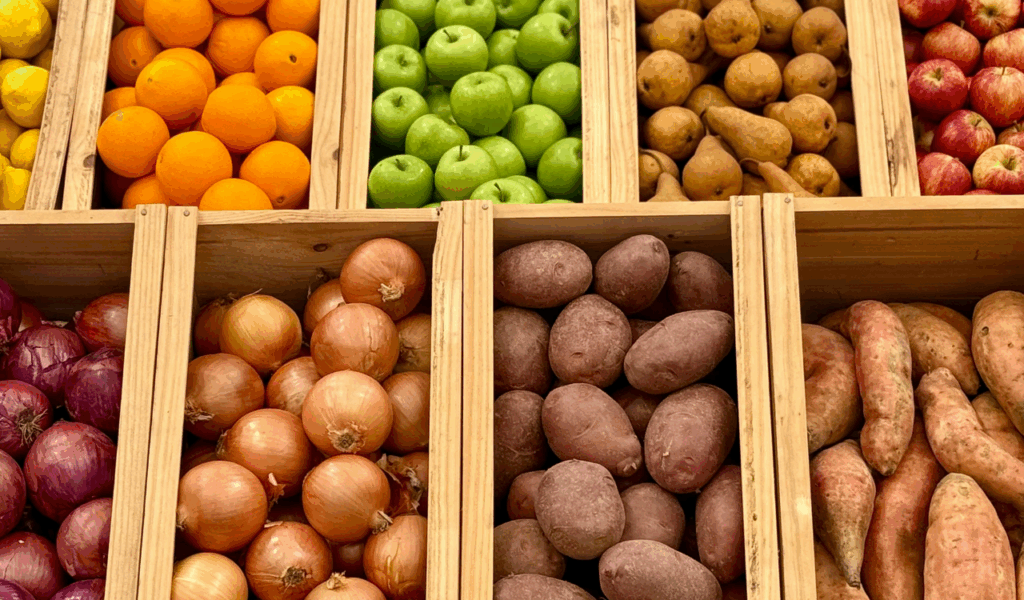
Some foods stay fresher, last longer, and even taste better when stored somewhere else than in your pantry. Despite our propensity to keep everything tidy behind closed doors, temperature, light exposure, and air circulation frequently determine how long food retains its quality. Finding out where things really flourish can help you preserve flavor, preserve nutrients, and cut down on waste. You might be surprised to learn how much longer these ten common foods last when stored outside of your pantry.
1. Onions

Whole onions detest enclosed, humid pantries and do best in dry, well-ventilated air. The bulbs will remain firm and flavorful for up to two months if they are stored at room temperature in wire baskets or mesh bags that allow moisture to escape. Keep them away from potatoes at all times because they release gases that cause onions to sprout. Open storage is far superior to stuffy, dark cabinets because proper airflow keeps mold at bay and naturally prolongs freshness.
2. Potatoes
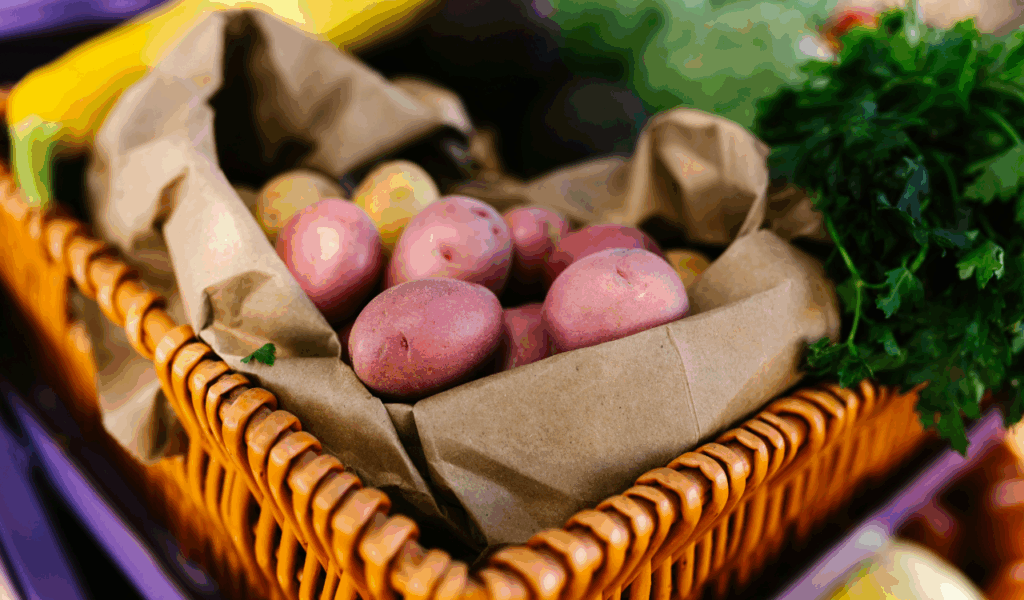
While potatoes detest cold and moisture, they adore the dark. A cool, well-ventilated area, like a cellar or covered basket out of direct sunlight, is the ideal place to store items. Refrigerators cause starches to turn into sugar, which gives food an unusual flavor, and closed pantries retain moisture, which can result in mold. Potatoes can be stored at 45 to 50°F (7 to 10°C) for months without sprouting or going bad. For preservation and airflow, a breathable paper or burlap bag is best.
3. Bread

In sealed spaces, such as pantries, bread frequently molds or hardens more quickly. Instead, store loaves in a traditional bread box with restricted airflow or a breathable linen bag. This keeps the inside of the crust soft and the crust crisp for up to four days. Because it speeds up staling through starch retrogradation, refrigeration is not your friend. Freezing is preferable to refrigeration for extended storage because it minimizes the loss of flavor and texture.
4. Bananas
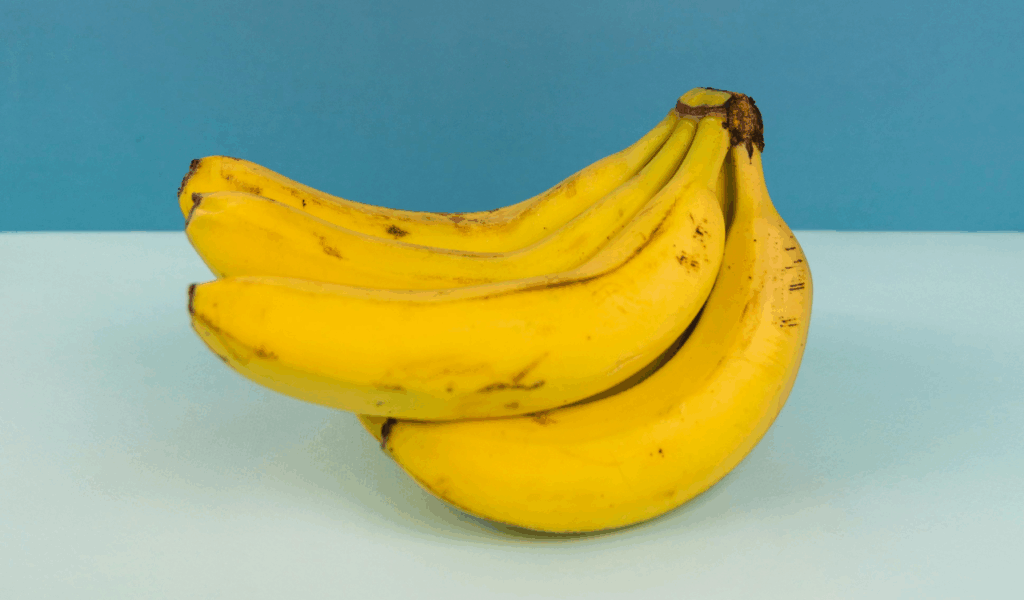
At room temperature, bananas ripen beautifully, acquiring sweetness and aroma that refrigeration ruins. Their cell walls are broken down by cold air, which causes the fruit to soften too quickly and turn the peel brown. By hanging them from a banana hook, you can increase airflow and lessen surface bruising. Put them in the refrigerator to stop ripening for a few more days after they are completely ripe. Freshness and flavor are maintained at their peak when stored at room temperature.
5. Tomatoes
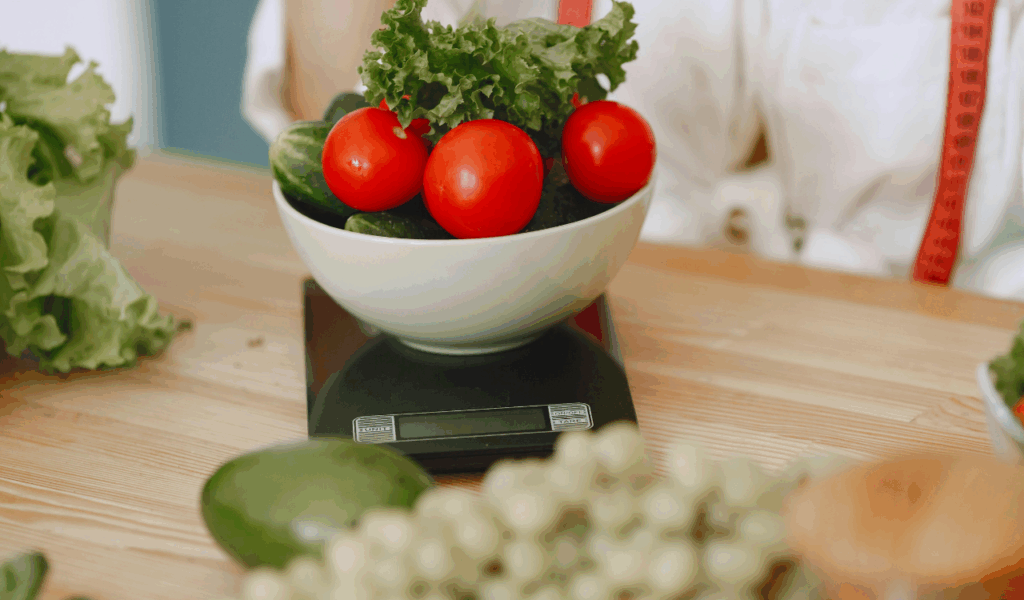
Since refrigeration weakens their fragile membranes and taints their flavor, tomatoes should never be kept cold. Instead, set them on a countertop, out of direct sunlight, stem-side down. This technique keeps the meat juicy and the flavor vibrant for up to a week by slowing the loss of moisture through the stem scar. Room temperature is the key to the ideal texture and flavor of tomatoes because cold temperatures inhibit the ripening enzymes that give them their rich, fragrant flavor.
6. Coffee Beans
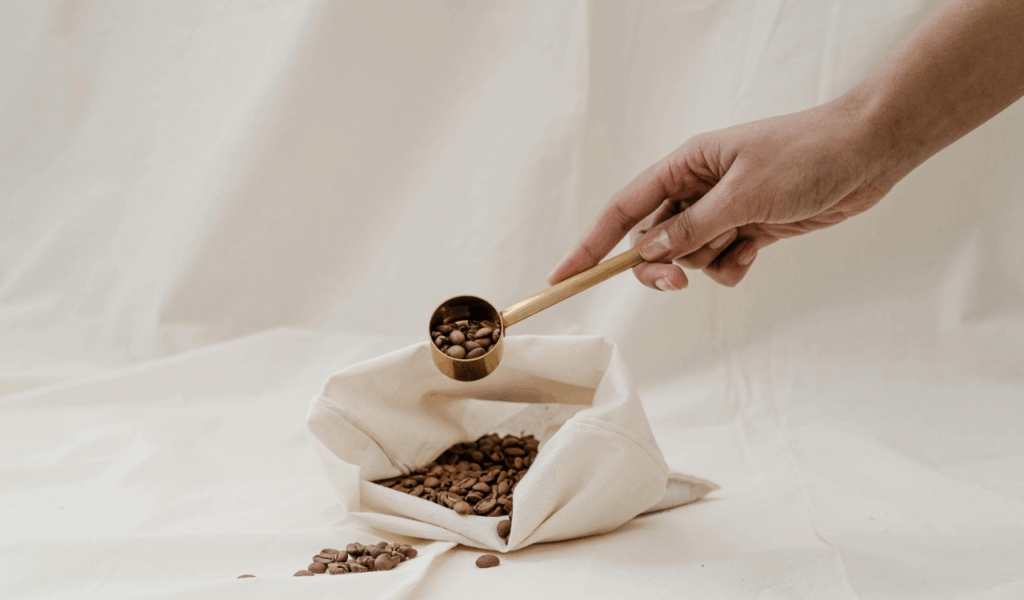
Pantries can actually shorten the life of whole coffee beans because they are sensitive to both moisture and air. In warm or humid conditions, flavor-carrying oils degrade more quickly. Beans should be stored in an opaque, airtight container away from stoves and in a cool, shaded shelf or counter. For short-term use, freezing is not necessary and could cause condensation. When properly stored, fresh beans retain their flavor and aroma for approximately one month after roasting.
7. Garlic
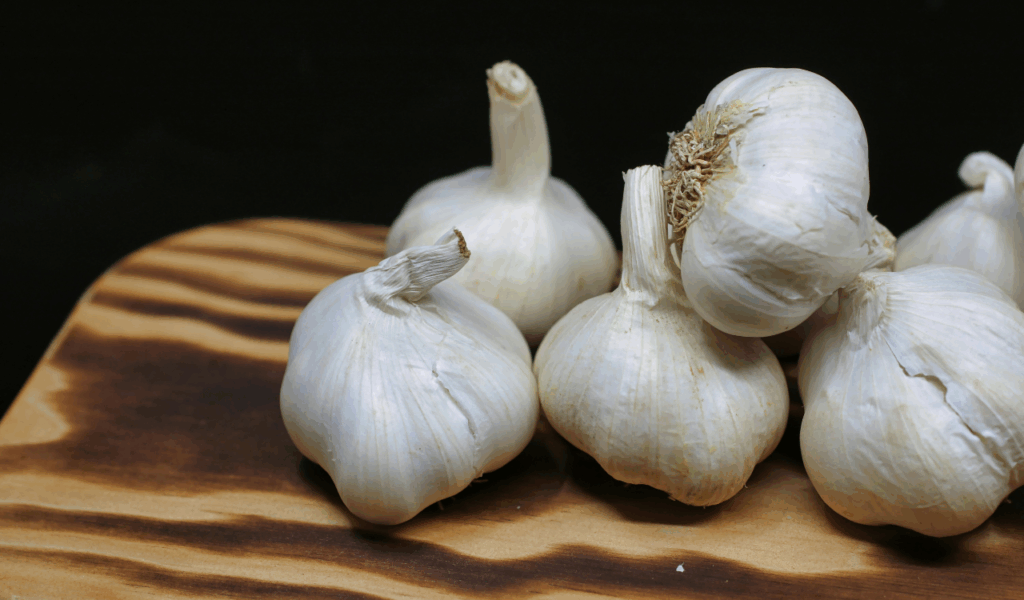
Room temperature, breathable conditions not sealed pantries or refrigerators are ideal for garlic’s longevity. Mold and early sprouting can be avoided by allowing air to circulate around the garlic bulbs in a clay garlic keeper, paper bag, or mesh basket. Garlic can retain its flavor for up to two months at steady temperatures and moderate humidity. Green shoots are frequently triggered and the flavor is weakened by refrigeration. Steer clear of plastic and allow garlic to “breathe” for optimal results.
8. Apples

Because of their resilience, apples naturally last longer in cool, well-ventilated air. They thrive in a fruit bowl away from other produce and direct sunlight, though many people keep them in pantries. Ethylene gas released by apples has the potential to prematurely ripen neighboring fruits. They remain firm and juicy for weeks in a cellar, garage, or enclosed porch that is slightly cooler. To avoid bruising and preserve that crunchy, delicious bite, keep them dry and apart.
9. Honey

Because of its natural antibacterial qualities and low moisture content, pure honey has an exceptionally long shelf life. It may crystallize, though, if kept in a dark pantry. Honey stays smooth and golden when stored in a sealed glass jar at room temperature, preferably in moderate light. If it crystallizes, the texture can be restored by slowly heating the jar in hot water. Avoiding refrigeration will always speed up thickening and reduce the natural scent of honey.
10. Peanut Butter
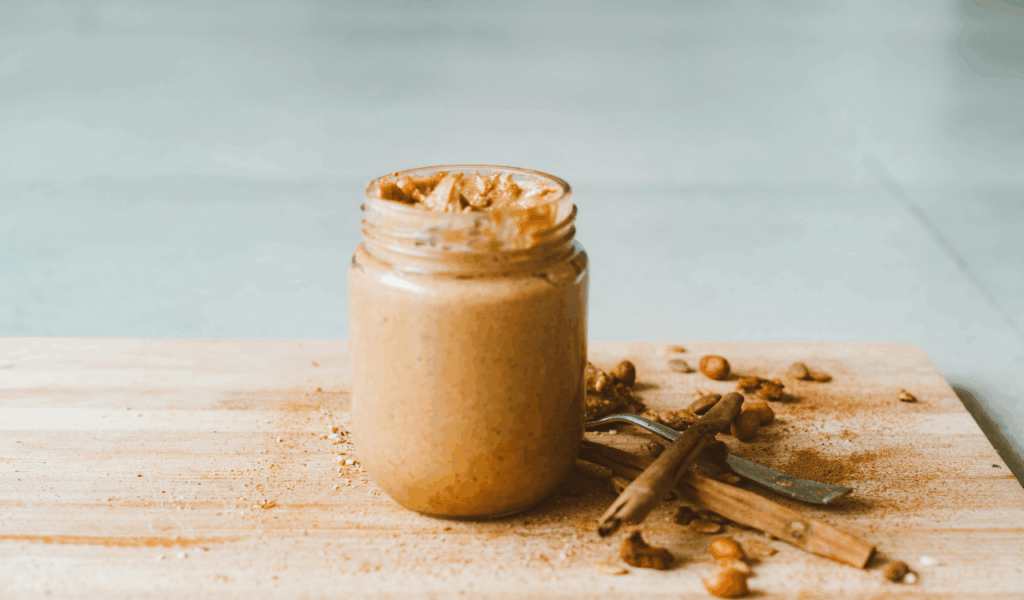
When kept in a warm pantry, natural peanut butter frequently separates because the oils rise to the top. To preserve its creamy texture, place it on the counter in a cool, shaded area instead. Because refrigeration alters the consistency of the oil, it thickens excessively and may reduce its shelf life. After opening, thoroughly mix the contents to re-distribute the oils, and then firmly seal. It remains fresh and spreadable for weeks at a consistent room temperature.




